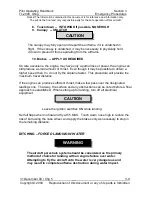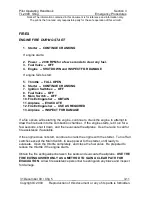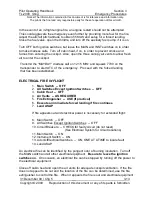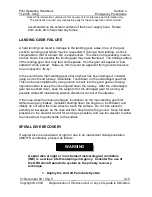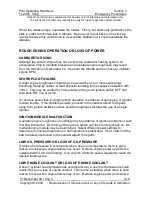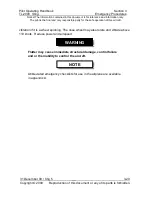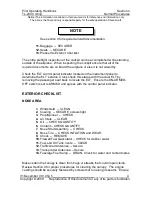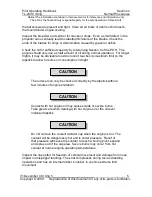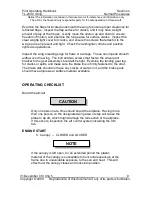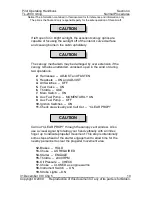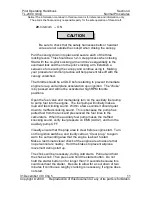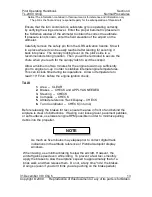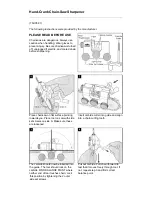
Pilot Operating Handbook
Section 3
TL-2000
Sting
Emergency Procedures
Notice! The information contained in this document is for reference and information only.
The pilot is the final and only responsible party for the safe operation of this aircraft.
31 December 09 / Chg 5
__
3-18
Copyright © 2009 Reproduction of this document or any of its parts is forbidden.
When the rotation stops, neutralize the rudder. Firmly, but cautiously pull back on the
stick in order to minimize loss in altitude. Be sure not to pull back on the stick too
quickly because this could result in a secondary stall/spin or it could overstress the
airplane.
ROUGH ENGINE OPERATION OR LOSS OF POWER
CARBURETOR ICING
Although the aircraft engine may have a full time carburetor heating system, an
unexplained drop in manifold pressure and eventual engine roughness may result
from the formation of carburetor ice. Use both the throttle and the choke to maintain
engine RPM.
SPARK PLUG FOULING
A slight engine roughness in flight may be caused by one or more spark plugs
becoming fouled by carbon or lead deposits resulting from excessive operation with
100LL. This may be verified by momentarily turning each ignition switch OFF and
then back ON, one at a time.
An obvious power loss in single ignition operation is evidence of spark plug or ignition
module trouble. If the problem persists, proceed to the nearest airport for repairs
using both ignition switches unless extreme roughness dictates the use of a single
ignition.
IGNITION MODULE MALFUNCTION
A sudden engine roughness or misfiring may be evidence of ignition problems or carb
fuel flow imbalance. By turning off an ignition switch and then turning it back on, the
malfunctioning module may be determined. Select different power settings to
determine if continued operation on both ignitions is practicable. If not, switch off the
bad module and proceed to the nearest airport for repairs.
LOW OIL PRESSURE OR LOSS OF OIL PRESSURE
If a loss of oil pressure is accompanied by a rise in oil temperature, there is good
reason to suspect an engine failure may occur. Reduce engine power and select a
suitable field for a forced landing. Use only the minimum power required to reach the
desired landing zone.
LOW ENGINE COOLANT OR LOSS OF ENGINE COOLANT
A rise in cylinder head temperatures accompanied by a rise in oil temperature could
result if there is a loss of engine coolant. This is also a situation when there is good
reason to suspect an engine failure may occur. Reduce engine power and select a






